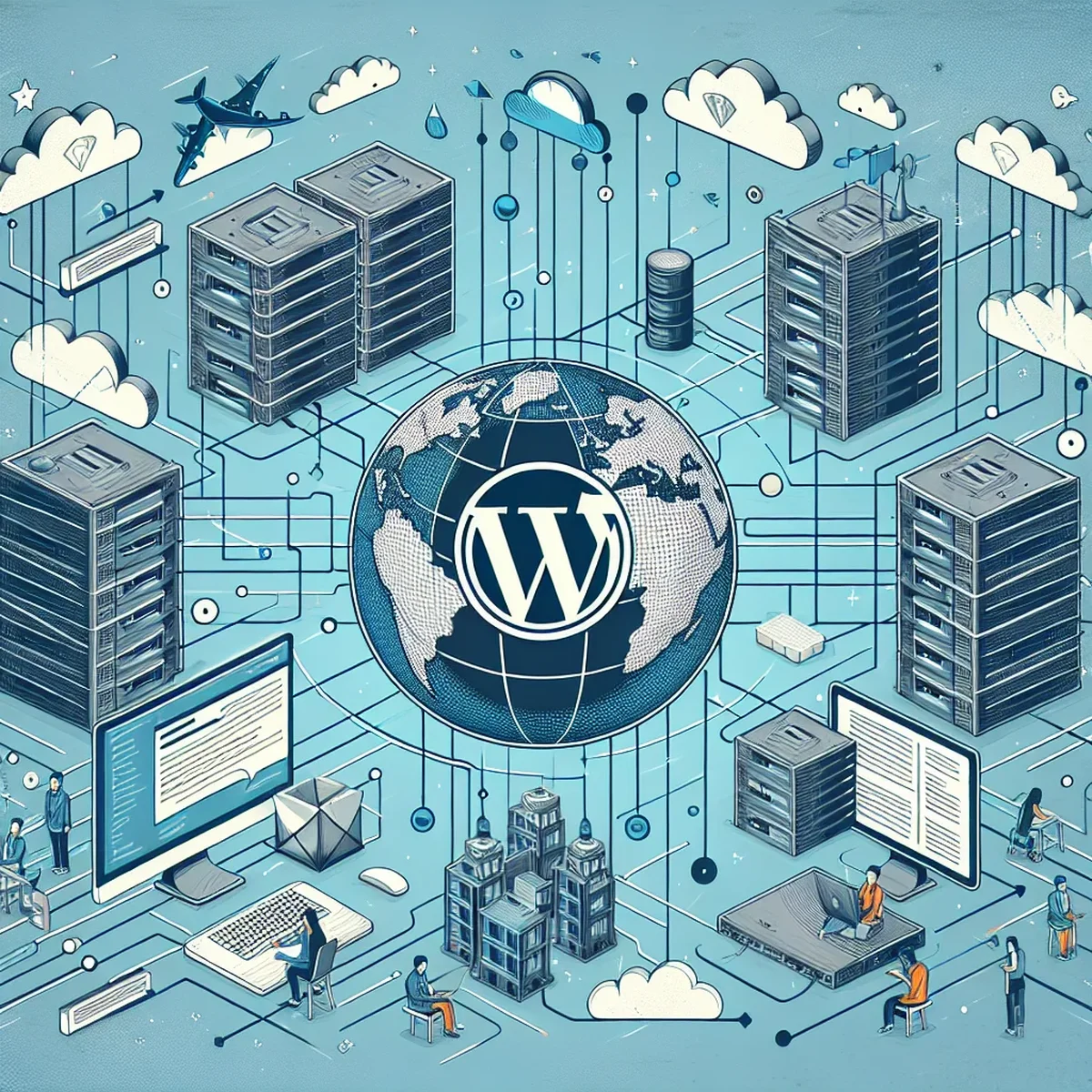Maximize Your WordPress Site Speed with Effective CDN Integration

In the digital age, website speed is not just an advantage; it's a necessity. For WordPress site owners, integrating a Content Delivery Network (CDN) is one of the most effective strategies to enhance site performance. This post explores the benefits of CDN integration and provides a practical guide on how to implement it effectively.
Understanding the Role of a CDN in WordPress
A CDN is a network of servers distributed globally, designed to deliver web content to users more efficiently. By storing a cached version of your WordPress site’s content on multiple servers around the world, a CDN allows users to download data from the nearest server, significantly reducing load time.
Benefits of Using a CDN
- Reduced Load Times: By serving content from locations closer to your users, a CDN can dramatically decrease your site's load times.
- Improved User Experience: Faster load times mean a smoother, more enjoyable experience for your visitors.
- Enhanced SEO: Search engines favor fast-loading websites, so improving your site's speed can boost your rankings.
- Scalability: CDNs can handle sudden surges in traffic without compromising your site’s performance.
Choosing the Right CDN for Your WordPress Site
Selecting the appropriate CDN requires understanding your site's specific needs. Consider factors like geographic location of your audience, the type of content you host (static vs. dynamic), and your budget.
Popular CDN Providers for WordPress
- Cloudflare: Known for its security features and free tier.
- MaxCDN: Offers powerful tools for detailed performance analytics.
- KeyCDN: A cost-effective option with excellent global coverage.
Integrating CDN with WordPress
Integrating a CDN with your WordPress site can be straightforward, especially with plugins that automate much of the process. Here’s a step-by-step guide:
- Choose Your CDN Provider: Based on the factors mentioned above.
- Set Up Your CDN Account: Follow the provider’s setup process, which usually involves creating a CDN zone.
- Configure the CDN in WordPress: Use a plugin like W3 Total Cache or WP Rocket. These plugins help link your site to the CDN by rewriting URLs to serve static files from the CDN.
- Test Your Configuration: Ensure that static assets are being served from the CDN without errors.
Best Practices for CDN Integration
- Regularly update content: Ensure your CDN purges and updates its caches regularly.
- Monitor performance: Analyze CDN performance reports to understand traffic patterns and load times.
- Secure your content: Implement HTTPS to secure data transfer between the CDN and your users.
Advanced Tips for Optimizing CDN Performance
Enhance your CDN setup with these advanced tips:
- Use custom CDN URLs: Customize your CDN URLs to reflect your brand.
- Leverage browser caching: Set appropriate cache headers to make the best use of both browser and CDN caching.
- Optimize file sizes: Compress images and minify CSS/JS files before they hit the CDN to speed up delivery.
By strategically integrating a CDN with your WordPress site, you can not only speed up content delivery but also enhance user satisfaction and SEO—a triple win for any digital business or marketing agency.
FAQ
- Why should I integrate a CDN with my WordPress site?
- Integrating a CDN can significantly reduce server load, speed up content delivery, and enhance the overall user experience by serving content from the nearest geographical location to the user.
- What are the key factors to consider when choosing a CDN for WordPress?
- Key factors include geographic coverage, ease of integration with WordPress, support for HTTPS, cost, and additional features like DDoS protection and real-time analytics.
- How does CDN integration impact SEO?
- CDN integration can improve page load times, which is a critical factor in SEO rankings. Faster sites typically provide a better user experience, leading to lower bounce rates and higher engagement.